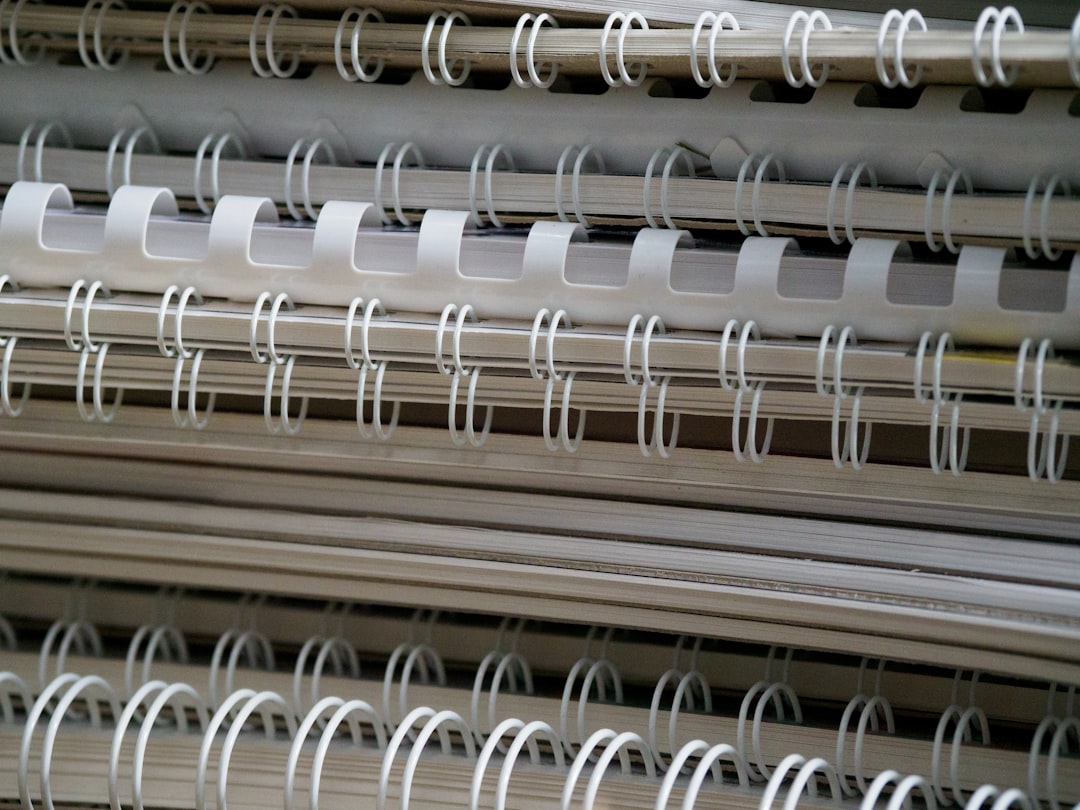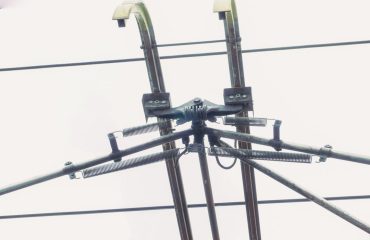Annealed wire, a seemingly simple material, plays a crucial role in countless products and industries. Its unique properties, achieved through a carefully controlled heat treatment process, make it exceptionally versatile and suitable for a wide range of applications. This comprehensive guide delves into the world of annealed wire, exploring its characteristics, manufacturing, and diverse uses.
Understanding the Annealing Process and its Impact on Wire Properties
Annealing is a heat treatment process that alters the microstructure of a metal, significantly impacting its mechanical properties. For wire, this typically involves heating the wire to a specific temperature, holding it at that temperature for a predetermined time, and then slowly cooling it. This process reduces the internal stresses within the metal, resulting in increased ductility (ability to be drawn into a wire without breaking), improved malleability (ability to be shaped), and enhanced softness. The precise annealing temperature and cooling rate depend on the type of metal and the desired properties of the final wire.
The benefits of annealing are substantial. Increased ductility means the wire can be easily bent, shaped, and formed into complex geometries without fracturing. Improved malleability simplifies manufacturing processes, allowing for efficient production of intricate wire components. The enhanced softness makes the wire easier to handle and less prone to breakage during processing and use. Different annealing techniques, such as stress-relief annealing, process annealing, and full annealing, are employed to achieve specific properties tailored to the intended application.
Annealed Copper Wire: A Cornerstone of Electrical Applications
Annealed copper wire is arguably the most prevalent type of annealed wire, widely utilized in the electrical and electronics industries. Its high electrical conductivity, combined with its enhanced ductility and malleability after annealing, makes it ideal for a variety of applications. This includes:
- Wiring in electrical systems: Household wiring, industrial machinery, and automotive electrical systems all rely heavily on annealed copper wire for its reliable conductivity and ease of installation.
- Electronic components: In printed circuit boards (PCBs), annealed copper wire is used in various forms, such as wire windings in inductors and transformers, and as interconnects between components.
- Telecommunications: Annealed copper wire continues to play a vital role in telecommunications infrastructure, although increasingly being supplemented by fiber optics.
- Motor windings: The high conductivity and ductility of annealed copper wire are essential for efficient motor operation.
Annealed Steel Wire: Strength and Flexibility in Construction and Manufacturing
Annealed steel wire offers a unique combination of strength and flexibility, making it suitable for a broad range of applications in construction and manufacturing. The annealing process enhances its formability while retaining significant tensile strength. Key applications include:
- Wire rope and cable: Annealed steel wire is a crucial component in wire ropes used in cranes, elevators, and suspension bridges, providing the necessary strength and flexibility.
- Reinforcement in concrete: Steel wire, often annealed, is used as reinforcement in concrete structures to improve their tensile strength and overall durability.
- Welding wire: Annealed steel wire is commonly used as filler material in various welding processes.
- Springs: The ability to be easily formed and its resilience makes annealed steel wire ideal for the manufacture of springs in a variety of applications.
- Wire mesh: Used in fencing, sieving, and reinforcing applications.
Beyond Copper and Steel: Other Metals Used in Annealed Wire Forms
While copper and steel are the most common metals used in annealed wire, other metals also benefit from this heat treatment process. Annealing enhances the properties of various other metals, expanding the applications of annealed wire even further. Examples include:
- Aluminum wire: Used in electrical applications where lighter weight is preferred, though with slightly lower conductivity than copper.
- Nickel-chromium wire: Used in high-temperature applications due to its high resistance and ability to withstand high temperatures without significant degradation.
- Stainless steel wire: Possesses excellent corrosion resistance, making it suitable for outdoor applications and environments with high humidity or corrosive chemicals.
- Titanium wire: Used in aerospace and biomedical applications due to its high strength-to-weight ratio and biocompatibility.
Quality Control and Standards in Annealed Wire Manufacturing
Maintaining consistent quality is paramount in annealed wire manufacturing. Stringent quality control measures are implemented throughout the entire process, from raw material selection to the final product. This involves careful monitoring of the annealing parameters (temperature, time, cooling rate), regular testing of the wire’s mechanical properties (tensile strength, elongation, hardness), and adherence to industry standards. These standards ensure the wire meets the required specifications for its intended application, guaranteeing its reliability and performance.
Various standards organizations, such as ASTM International and ISO, define the specifications for annealed wire, encompassing different materials, diameters, and properties. Compliance with these standards is crucial for manufacturers to ensure their products meet the required quality and safety levels.
In conclusion, annealed wire, a product of a precise heat treatment process, showcases remarkable versatility across numerous industries. Its enhanced ductility, malleability, and improved mechanical properties contribute to its widespread use in electrical systems, construction, manufacturing, and countless other applications. Understanding the properties and applications of annealed wire is crucial for engineers, designers, and anyone working with this essential material.
Tags: annealed wire, copper wire, steel wire, annealing process, wire applications, electrical wire




